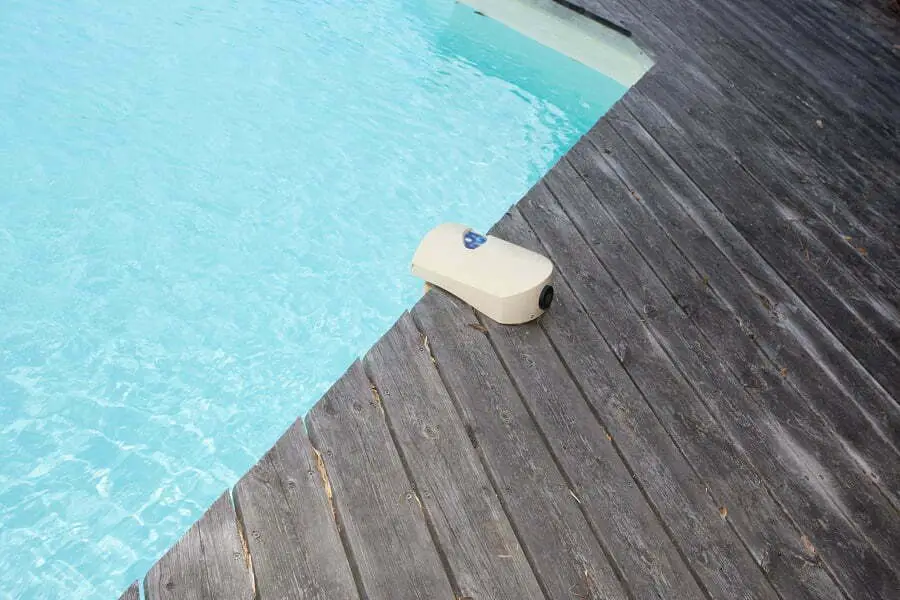Last updated on
There are many benefits to having automation installed in your house, but ultimately this is a personal decision. Home automation offers many benefits to those willing to put in the work. But how do you go about setting up an automated home and setting everything up?
Let’s discuss what home automation is, along with six ways to install various devices in your family home.
Table of Contents
What Is Home Automation?

Home automation is a concept that has been around for decades. Still, the technology and infrastructure needed to make it a reality have only recently reached the point where it could be practical for everyday use. According to home automation installers Custom Controls, the idea behind home automation is to make your life easier by automating tasks. These can include turning off lights when you leave the room, adjusting your thermostat according to your preferences, and even locking or unlocking doors remotely.
Essentially, home automation is a system of devices, software, and services that connect everyday objects in the home to the internet. Examples include:
- Thermostats that you can operate remotely.
- Lights that turn on and off at certain times.
- Door locks that automatically unlock when you approach them with your smartphone.
- Smart TVs equipped with voice recognition technologies to search for content or change channels with just a few words or phrases.
Six Ways To Set Up Your Home Automation Systems
Most people are interested in automating their lives, but many don’t know where to start. Fortunately, it isn’t as complex as it first seems.
Develop a Plan
The first step to developing a plan for a home automation system is determining what you want the system to do for you. This includes asking yourself questions about what devices you want the system to control and how much of the house you want it to cover. You should also determine how much time you are willing to spend installing and maintaining the system. For example, if you are not tech-savvy or don’t have time for this kind of project, it will be best to hire someone else to do it for you.
Consider What You Want to Automate
The next step in automating your home is to think about what you want to automate. You should think about what tasks you want to make more manageable and how much time you want to save. One of the reasons for this is that automation systems are not just about convenience. They also help with safety. For example, you can automate your lights to turn on when it gets dark and off when there’s enough light in the room. You can also automate your blinds to open and close at certain times of the day or week.
Decide On Your First Smart Device
A smart home device is a home appliance connected to the internet that allows you to control it remotely from your smartphone, tablet, or PC. The devices can be controlled by voice commands and have an app that connects them to other devices in the home like thermostats, locks, lights, music players, and more. Once you have decided on what you want to automate, your next step is to choose your first smart device and prepare it for installation.
Choose Your Platform
Making a decision about the smart home platform is one of the most challenging tasks. With a single platform, your gadgets can communicate with each other and be controlled from a central location. Using an app on your smartphone, a computer, or a digital assistant like Alexa, Google Assistant, or Siri, you can control things remotely from one central location, which is far more convenient than using several controllers.
Connect Your Various Devices
You need to determine what kind of interface your smart device uses for this step. This could be either Bluetooth or Wi-Fi or some other method. Finally, you need to connect everything with your home automation system. You can do this by following the manual for your particular hub and by using an app that will show you how to configure everything in detail.
Automate the Routines and Processes
The ultimate goal of a smart home is to streamline your day through devices that work together. There are two main ways to make your devices work together:
- Routines: A routine combines device functions into one command.
- Automations: Automations allow devices to respond automatically to changing conditions in your home through a cause/effect structure.
Setting up home automation isn’t as complicated as it might seem at first glance, and the benefits of doing so far outweigh the initial setup. By spending a bit of time planning, you can improve your everyday life and make your home more convenient to live in!
You may also like to read:





